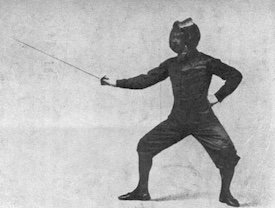For clarity, when you see a spike at 50 or 60Hz(depending on the country) on graphs like those, assume it's bleeding signal from the power line. It usually is. I get spikes like that anytime I measure stuff with a quiet test signal(which usually alerts me that I messed up my calibration).
My THD measurements are almost always higher than those made with good rigs in a quiet environment, and I almost always have a lot of crap showing up in the sub range(part of that being noises from down in the valley that I can't avoid). Even then my result is for the most part, more generous than your graph. Which makes it suspicious in my eyes as I expect to always have among the most THD with my cheapo crap rigs(yeahhh! Number one in THD!!!!)^_^.

Taken with sweep reaching 90dB SPL @1kHz.
I'm not trying to argue that the HD650 doesn't distort audibly in the low end, it most likely does.
In term of personal impressions and preferences, I would not hesitate a second to throw away the HD650 for the low end of the LCD2. I can't say by ear what is frequency response, what is distortion, what is DD vs planar; so I can only guess why I feel the way I do, and THD has pretty poor correlation with impressions so that doesn't help much. But I did enjoy the sound of the LCD2 more. Too bad I can get comfy for hours with the 650 and couldn't with the LCD2 :'(





















